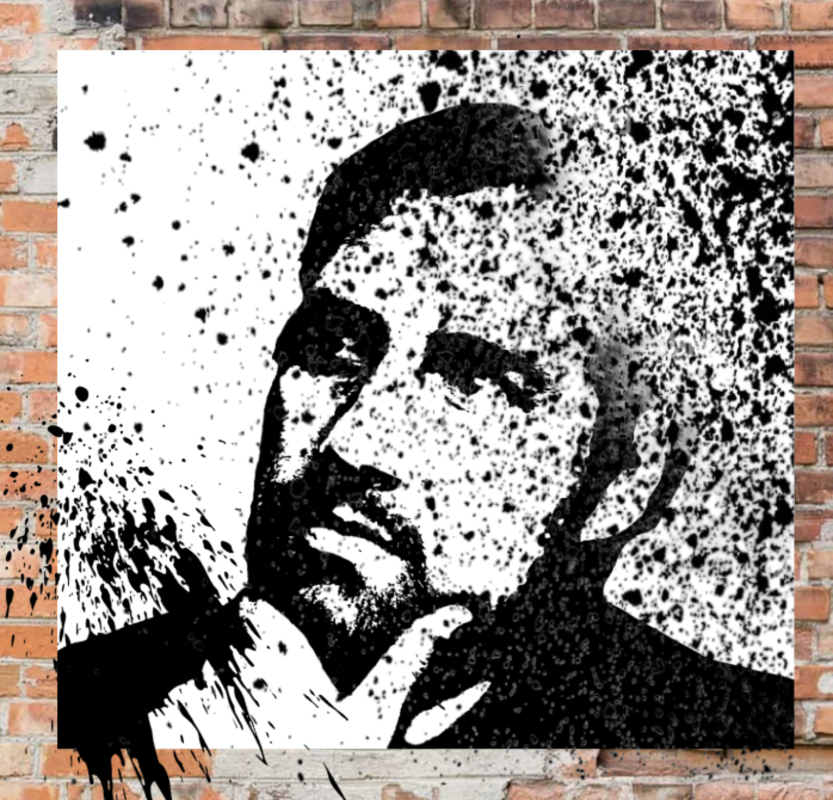
“It’s mostly paranoid crypto anarchists that say that.”

With these eight words, issued on the “Markets with Madison” podcast, Microstrategy CEO Michael Saylor evoked outrage from just about everyone in Bitcoin.
Shinobi called him a “spook.” Carvalho was confused. Svetski claimed this will start the next Fork Wars.
Put simply, Saylor said a bad thing. He broke the taboo. He said you’re better off trusting your Bitcoin in state custody than holding your own private keys, then went further, calling out all of the businesses engaged in custody projects by calling them effectively bullshit salesmen.
It was, shall we say, a “big oof,” a “footgun,” the scene in the cartoon where the hero gets hit with an anvil.
Here’s Adam Simecka’s clip from the full video:
Saylor thinks you are a paranoid crypto anarchist if you hold your own keys and don’t trust the government.
pic.twitter.com/6owj7LzrdM
— Adam Simecka (@AdamSimecka) October 20, 2024
Yet, paradoxically, I’ll admit, it’s probably the most interesting thing Saylor has ever said?
For years, Saylor and the Cyber Hornets have been “Grut and the Minions,” Saylor using his pulpit to spout whatever bullish nonsense was in vogue, without adding anything of his own.
Other people said things, and then Saylor said them again. He was the “people’s champion,” a “man of plebs,” a role that even his mundane AI generated tweets seemed to underscore in tagging the artists, invariably some random pseudonym.
So, anger aside, I have to say, at this time, I’m undecided. Sure, as someone who lived through the Fork Wars, I find Svetski’s position romantic (It’s nice to think we’re in the midst of some larger struggle), but it’s perhaps too early to cry wolf.
Instead, I find myself (for once) actually trying to understand what Saylor is saying.
As far as I can tell, there’s really three ideas at play here:
- This is a new thesis for how to boost Bitcoin adoption using public markets – Saylor is framing the self-custody question as not an issue to solve with innovation, but an issue to ameliorate. His view: It doesn’t matter how people own Bitcoin, only that they do. His preferred vehicle for this is the stock market, and he seems to want to co-opt it as a massive vehicle for buying Bitcoin and selling the exposure.
- This thesis actually might solve the problem of how to fight the crypto market – This is also one of the more compelling things about Bitcoin “Season 2,” the idea you could “co-opt the crypto apparatus” as a means of getting retail involved. Here, Saylor seems to want to marshal his army of Bitcoin stocks for the purpose, his view retail will begin purchasing Microstrategy and Metaplanet, in lieu of memecoins, chasing as they always do, beta on Bitcoin.
- It’s a novel thesis on convincing government to adopt Bitcoin – A world where Bitcoin is the reserve asset for regulated entities seems like one in which draconian laws become less viable. After all, in this world, Bitcoin would have a direct link to the U.S. economy (at least the version most politicians care about). You have to admit: “You can’t ban Bitcoin, it will hurt the stock market,” has a nice ring.
Of course, maybe the commentators are right. Saylor’s incentives seem to be departing from the network. Maybe he is placing his company and its quest to amass Bitcoin above all else, and it’s worth questioning his motives at this moment.
Some argue self-custody, if nothing else, is the core of Bitcoin, the fact that you can trust no one but yourself to hold and safeguard your wealth.
Then again, in Saylor’s view, inflation is the true boogeyman, the debasement of purchasing power, the far bigger issue.
Is it possible this is a giant government psy-op, that Saylor flew too close to the sun, and there are an army of regulators who are twisting his arm to say this?
Sure, Microstrategy does work with intelligence agencies, but even then, intelligence agencies and their pension funds need somewhere to invest. A hyperbitcoinized world is surely one where these funds will also buy Bitcoin.
But I have to say, as someone who has never found Saylor very original… for now, I’m at least paying attention.
I’ll start there.
This article is a Take. Opinions expressed are entirely the author’s and do not necessarily reflect those of BTC Inc or Bitcoin Magazine.



